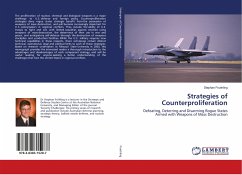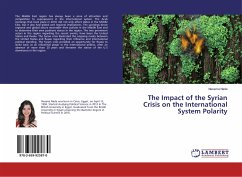This study examines the interactions between China, India and Russia as they are the major powers to construct the Asia-Pacific order in the 21st century. It studies the three countries' divergent and convergent interests in order to uncover their concerns and incentives. It further identifies the Asia-Pacific order that China, India and Russia want to build, as well as the measures they have taken to alter the existing Asia-Pacific order. Three constraining forces form the key guiding regularities of the Asia-Pacific order. First, regional institutions such as Association of Southeast Asian Nations, Shanghai Cooperation Organization and the Six-Party Talks constrain the influence of China, India, Russia and the United States. Second, China, India and Russia jointly or independently constrain American hegemony in pursuing non-interventionist norms and challenging the norms of nuclear non-proliferation. Third, Indian and Russian hedging policies not only weaken the American hegemonic influence, but also limit China's rising influence.







